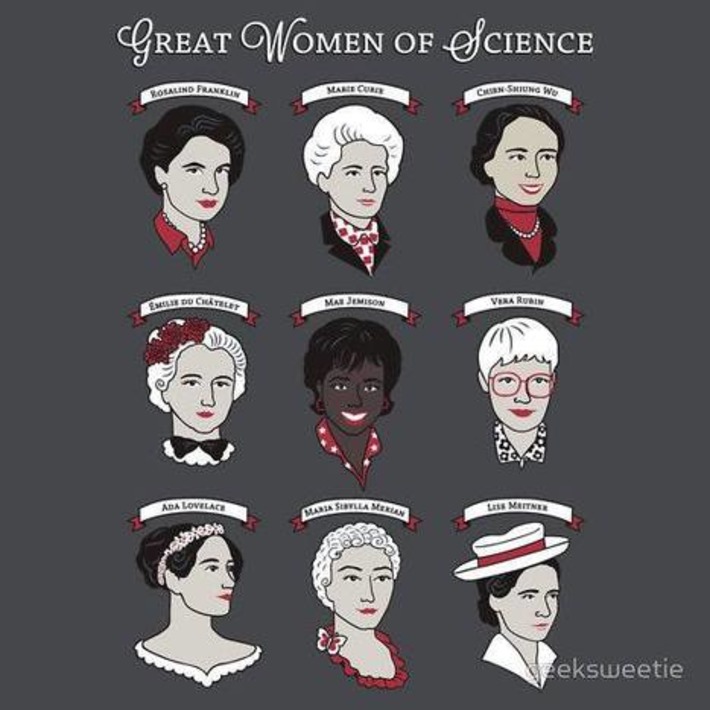Some 12,000 years ago, a teenage girl took a walk in what’s now the Yucatan Peninsula and fell 190 feet into a deep pit, breaking her pelvis and likely killing her instantly. Over time, the pit—part of an elaborate limestone cave system—became a watery grave as the most recent ice age ended, glaciers melted and sea levels rose.
In 2007, cave divers happened upon her remarkably preserved remains, which form the oldest, most complete and genetically intact human skeleton in the New World. Her bones, according to new research published in Science, hold the key to a question that has long plagued scientists: Who were the first Americans?
Prevailing ideas point to all Native Americans descending from ancient Siberians who moved across the Beringia land bridge between Asia and North America between 26,000 and 18,000 years ago. As time wore on, the thinking goes, these people spread southward and gave rise to the Native American populations encountered by European settlers centuries ago.
But therein lies a puzzle: "Modern Native Americans closely resemble people of China, Korea, and Japan… but the oldest American skeletons do not," says archaeologist and paleontologist James Chatters, lead author on the study and the owner of Applied Paleoscience, a research consulting service based in Bothell, Washington.
The small number of early American specimens discovered so far have smaller and shorter faces and longer and narrower skulls than later Native Americans, more closely resembling the modern people of Africa, Australia, and the South Pacific. "This has led to speculation that perhaps the first Americans and Native Americans came from different homelands," Chatters continues, "or migrated from Asia at different stages in their evolution."
The newly discovered skeleton—named Naia by the divers who discovered her, after the Greek for water—should help to settle this speculation. Though her skull is shaped like those of other early Americans, she shares a DNA sequence with some modern Native Americans. In other words, she’s likely a genetic great-aunt to indigenous people currently found in the Americas.
The new genetic evidence from Naia supports the hypothesis that the first people in America all came from northeast Asia by crossing a land bridge known as Beringia. When sea levels rose after the last Ice Age, the land bridge disappeared.
Via
Dr. Stefan Gruenwald,
Jocelyn Stoller



 Your new post is loading...
Your new post is loading...




































